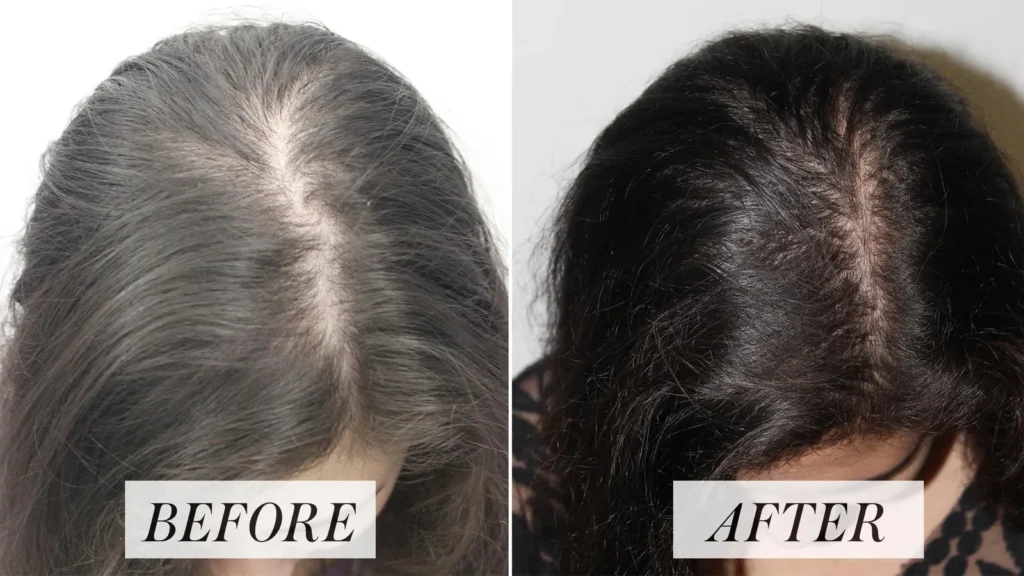Hair loss treatments have advanced tremendously, offering multiple options for restoring hair and confidence. Two popular choices at Korean clinics are PRP (Platelet-Rich Plasma) therapy and hair transplant surgery. Both treatments have unique benefits and ideal candidates.
If you’re considering hair restoration in Korea, understanding the differences between PRP and hair transplants can help you choose the best path for your needs.
1. What Is PRP Therapy?
PRP therapy involves drawing your blood, concentrating the platelets rich in growth factors, and injecting them into your scalp. It stimulates dormant hair follicles and improves scalp health, encouraging natural hair growth.
Who Should Consider PRP?
- Individuals with early-stage hair thinning or mild androgenetic alopecia.
- Patients seeking a non-surgical, minimally invasive option.
- Those looking to boost hair density or improve scalp condition.
- Patients who want to enhance results when combined with other treatments.
2. What Is a Hair Transplant?
A hair transplant is a surgical procedure where healthy hair follicles are moved from the donor area (usually the back of the scalp) to balding or thinning areas. The two common methods in Korean clinics are:
- FUE (Follicular Unit Extraction): Individual follicular units extracted and implanted.
- FUT (Follicular Unit Transplantation): A strip of scalp is removed and dissected into grafts.
Who Should Consider a Hair Transplant?
- Patients with moderate to severe hair loss or baldness.
- Those wanting permanent, noticeable hair restoration.
- Individuals comfortable with a surgical procedure and recovery time.
- Patients aiming for natural density and hairline reconstruction.
3. Comparing PRP and Hair Transplants: Key Differences
| Feature | PRP Therapy | Hair Transplant Surgery |
|---|---|---|
| Procedure Type | Non-surgical injection | Surgical grafting of hair follicles |
| Treatment Duration | Multiple sessions (3-6), each 30-60 mins | One or more surgery sessions (several hours) |
| Recovery Time | Minimal, little to no downtime | Several days to weeks, depending on method |
| Results Timeline | Gradual improvement over 3-6 months | Immediate visual improvement, full results in 9-12 months |
| Suitability | Early thinning or mild hair loss | Moderate to severe baldness |
| Longevity of Results | Requires maintenance sessions | Permanent, lifelong if well-maintained |
| Cost | Lower per session, but multiple needed | Higher upfront cost, one-time procedure |
| Risks & Side Effects | Mild swelling, redness | Surgical risks, scarring (minimal with FUE) |
4. Korean Doctors’ Recommendations
- Start with PRP if your hair loss is in the early stages or you want to enhance scalp health before surgery. PRP can delay progression and improve hair thickness.
- Choose hair transplant surgery for advanced hair loss where visible bald spots or receding hairlines require restoration.
- Many clinics recommend combining both treatments: a transplant followed by PRP therapy to improve graft survival and stimulate natural hair growth.
5. What to Discuss with Your Korean Clinic During Consultation
- Your hair loss history and progression.
- Your medical history and any medications.
- Hair restoration goals and expectations.
- Photos or videos of your scalp for accurate assessment.
- Available technologies and surgeon experience at the clinic.
- Aftercare, recovery process, and follow-up plans.
- Cost estimates and package options.
6. Making Your Decision as an International Patient
- Consider your budget and willingness to undergo surgery.
- Evaluate how much downtime you can afford while traveling.
- Factor in travel and accommodation duration required for each treatment.
- Choose clinics with international patient coordinators to help with language and logistics.
- Request virtual consultation options to get an expert opinion before booking travel.
Conclusion
Both PRP therapy and hair transplants have valuable roles in hair restoration. Korean clinics offer world-class expertise in both treatments and can customize a plan tailored to your condition and goals.
By consulting with experienced Korean doctors, you can make an informed choice: whether to start with PRP, proceed directly to a hair transplant, or combine both for optimal, natural-looking results.




